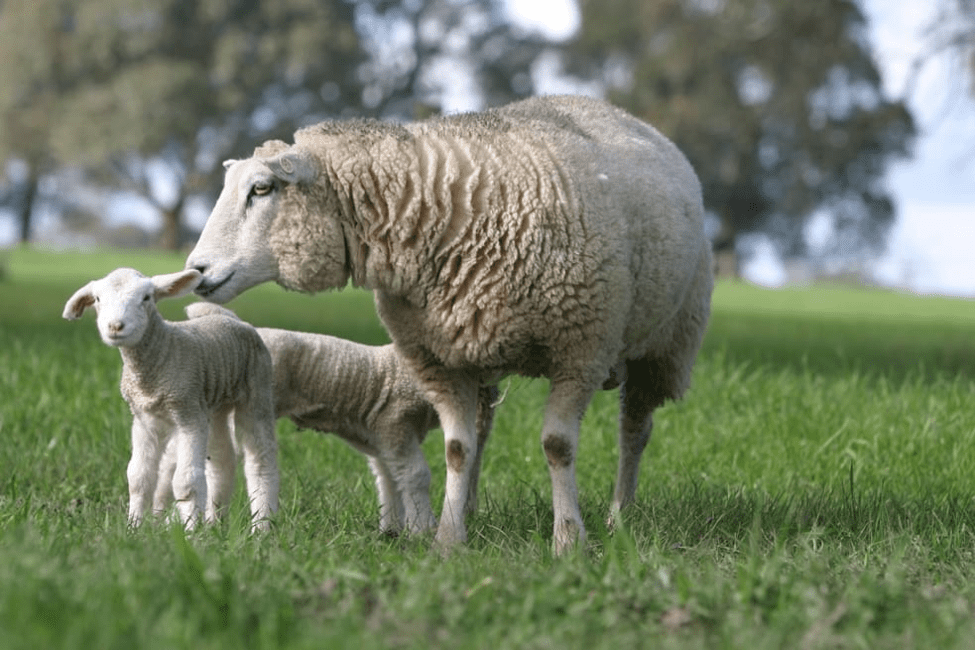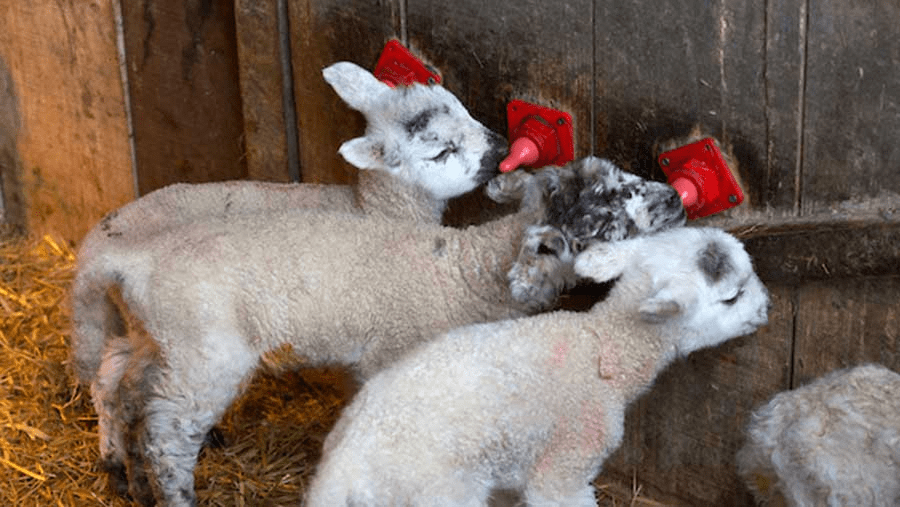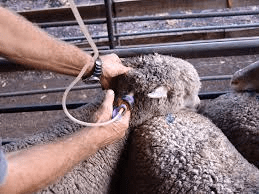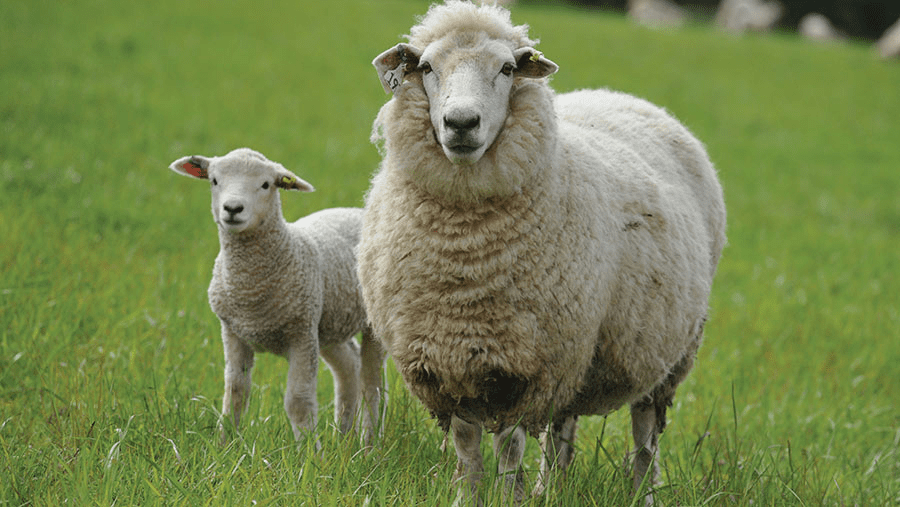This article will provide you with a sheep production guide which in return, will broaden your knowledge about sheep management. Proper care of pregnant, birthing, and nursing ewes significantly affects the number of lambs born and successfully raised. The following guidelines can help ensure these animals receive the necessary attention:
Read Also: How to Make a Balanced Feed Formulation for Cattle, Sheep and Goats
Ewe Management

1. Avoid handling pregnant ewes too often.
2. Separate ewes that are far along in their pregnancy from the main flock and provide them with special care and feeding.
3. Offer extra feed during the last 3-4 weeks of pregnancy. This helps improve the ewe’s condition before birth, boosts milk production, and supports the lamb’s birth weight and growth.
4. Poor nutrition can lead to pregnancy complications like toxemia, abortions, or premature births of weak lambs.
5. Move ewes into lambing pens 4-6 days before giving birth, ensuring they are as comfortable as possible. If possible, provide soft, clean bedding and individual pens.
6. Monitor the gestation period, which typically lasts between 142 to 150 days. Early-maturing breeds may have a slightly shorter gestation.
7. Protect birthing ewes from cold weather.
Read Also: How to Process, Package, and Export Sheep Meat
Lamb Management

1. Provide proper care for lambs from birth to the time they are ready for slaughter.
2. The average gestation period is about 150 days.
3. About a week before lambing, watch for signs like milk production from the mammary glands and the ewe becoming nervous and excited. A few hours before birth, the ewe may expel a fluid-filled sac.
4. Twin births are common in ewes.
Steps After Birth
1. Ensure the lamb begins nursing within 15-20 minutes after birth. If not, help the lamb by placing the ewe’s teat in its mouth.
2. Keep the ewe and lamb together in a confined space for at least 24 hours to help them bond.
3. Closely monitor the health of both the ewe and the lamb.
4. Provide the ewe with water, high-quality hay, silage, or freshly cut forage.
Pre-Weaning Management of Lambs

This period lasts about 2-5 months.
Steps
1. Treat the lamb’s navel with a 7% iodine solution to prevent infection.
2. Record data about the lamb (for farm records).
3. Provide creep feeding, separate from the mother’s food, especially when the ewe is producing milk.
Read Also: Farm Estate Planning and Transition for Farmers
Frequently Asked Questions
We will update this section soon.

